
|
|
Font Size:
|
||||
|
|
|
|
||||
STATISTICAL BRIEF #119:
Diuretic Use in the Treatment of Hypertension, by Selected Population Characteristics, 2003
Highlights
- In 2003, females age 18 and older who were reported as receiving treatment for hypertension were more likely (49.5 percent) to use a diuretic than males (40.2 percent).
- More than half (52.6 percent) of elderly adults who were reported as receiving treatment for hypertension used a diuretic in 2003. This was larger than the proportion of adults ages 45 to 64 (43.7 percent) and young adults ages 18 to 44 (26.7 percent).
- Among adults reported as receiving treatment for hypertension in 2003, black non-Hispanics (53.2 percent) were more likely to use a diuretic than white non-Hispanics (45.6 percent), Hispanics (34.8 percent). or other non- Hispanics (33.0 percent).
- In 2003, adults with less than a high school education who were reported as receiving treatment for hypertension were more likely (49.8 percent) to use a diuretic than those with a high school education (43.4 percent) or those with some college education (44.6 percent).
Introduction
Hypertension is a chronic condition that is commonly treated with several classes of medications, including diuretics, beta blockers, calcium channel blockers, and ACE inhibitors. JNC 7 guidelines, which were issued in 2003, recommend that pharmacological treatment of uncomplicated hypertension should begin with diuretics; and, when more than one class of drugs is required to control blood pressure, treatment should usually include a diuretic.*
This Statistical Brief presents nationally representative estimates based on data from the Household Component of the Medical Expenditure Panel Survey (MEPS-HC) on diuretic use in the U.S. civilian noninstitutionalized population in 2003. The sample is composed of adults ages 18 and older who were reported to have received treatment for hypertension during the year. Diuretic use is examined in this population overall and in subgroups of this population defined by age, sex, race/ethnicity, income, insurance status, education, and health status. All differences discussed in the text are statistically significant at the 0.05 level or better.
Findings
In 2003, 19.1 percent of the 217.6 million adults age 18 and older in the U.S. civilian noninstitutionalized population were reported as having received treatment for hypertension during the year (estimates not shown in a figure.) Overall, 45.3 percent of these adults used a diuretic, with females (49.5 percent) more likely to use a diuretic than males (40.2 percent) (figure 1).
Among adults reported as receiving treatment for hypertension in 2003, diuretic use increased with age across the three age categories in our study. Elderly adults (those age 65 and over) were the most likely (52.6 percent) to use diuretics while adults ages 45 to 64 were more likely (43.7 percent) to use these medications than adults ages 18 to 44 (26.7 percent) (figure 2).
Black non-Hispanics who were reported as receiving treatment for hypertension in 2003 were more likely (53.2 percent) to use a diuretic than any other race/ethnicity group (figure 3). White non-Hispanics (45.6 percent) were more likely to use these medications than Hispanics (34.8 percent) and other non-Hispanics (33.0 percent).
Adults with low incomes who were reported as receiving treatment for hypertension in 2003 were more likely (51.4 percent) to use a diuretic than those with middle incomes (44.3 percent) or high incomes (43.2 percent) (figure 4).
Among adults who were reported as receiving treatment for hypertension in 2003, there were no statistically significant differences in diuretic use by insurance status for adults less than 65 years old or for adults 65 and older (figure 5).
In 2003, 49.8 percent of adults with less than a high school education who were reported as receiving treatment for hypertension used a diuretic during the year (figure 6). This was higher than the proportion for adults with a high school education (43.4 percent) and adults with at least some college education (44.6 percent).
Among adults who were reported as receiving treatment for hypertension in 2003, those who reported better health were less likely to use diuretics. Adults who reported excellent, very good, or good health were less likely (43.4 percent) to use diuretics than adults in fair or poor health (51.5 percent) (figure 7).
Data Source
The estimates presented in this Statistical Brief were derived from the 2003 MEPS full-year consolidated data file and the 2003 MEPS prescribed medicines (PMED) file. Diuretics were identified by linking the PMED files to the Multum Lexicon.
Definitions
Identification of persons with hypertension
In this brief, hypertensive adults were identified using household-reported information on conditions. Hypertensive adults were primarily identified using information on conditions that was recorded in the MEPS in connection with health care use (e.g., when a person is reported as purchasing a drug, the household respondent is asked what condition(s) the drug was intended to treat). Approximately 95 percent of the hypertensive adults identified in this brief were reported to have purchased drugs, visited a doctor's office, or had other health services to treat their high blood pressure during the year. Hypertensive adults were also identified through responses to a general question that asks whether a person had been bothered by any condition. About 5 percent of the hypertensive adults were identified only through this question; that is, they were not reported to have received any health services to treat their high blood pressure during the year. Questions that ask whether a doctor had ever told a person that he or she had hypertension were not used to identify hypertensive adults.
Diuretic use
Individuals were classified as having used a diuretic if they had one or more purchases of a prescribed diuretic medication during the year. This includes drugs with one active ingredient from the diuretic class as well as antihypertensive combination drugs that contain a diuretic along with an active ingredient from another class of antihypertensive drugs. All subclasses of diuretics (loop diuretics, potassium sparing diuretics, thiazide diuretics, carbonic anhydrase inhibitors, and miscellaneous diuretics) were included.
Racial/ethnic classifications
Classification by race/ethnicity was based on information reported for each family member. Respondents were asked if each family member's race was best described as black, white, or other. (In this report, "other" includes American Indians, Alaska Natives, Asians, Pacific Islanders, and people who reported multiple races.) They also were asked if each family member's main national origin or ancestry was Puerto Rican; Cuban; Mexican, Mexicano, Mexican American, or Chicano; other Latin American; or other Spanish. All adults whose main national origin or ancestry was reported in one of these Hispanic groups, regardless of racial background, were classified as Hispanic. Since the Hispanic grouping can include black Hispanics, white Hispanics, and other Hispanics, the race categories of black, white, and other do not include Hispanics.
Income
Income categories are based on the ratio of the family's income to the Federal poverty thresholds, which control for the size of the family and the age of the head of the family. The following income categories are used in this report:
- Poor/near poor: Adults in families with income of 125 percent of the poverty line or less, including those who reported negative income.
- Low income: Adults in families with income from over 125 percent through 200 percent of the poverty line.
- Middle income: Adults in families with income from over 200 percent through 400 percent of the poverty line.
- High income: Adults in families with income over 400 percent of the poverty line.
Individuals under age 65 were classified in the following three insurance categories, based on household responses to health insurance status questions:
- Any private health insurance: Individuals who, at any time during the year, had insurance that provides coverage for hospital and physician care (other than Medicare, Medicaid, or other public hospital/physician coverage) were classified as having private insurance. Coverage by TRICARE (Armed Forces-related coverage) was also included as private health insurance. Insurance that provides coverage for a single service only, such as dental or vision coverage, was not included.
- Public coverage only: Individuals were considered to have public coverage only if they met both of the following criteria: 1) they were not covered by private insurance at any time during the year, and 2) they were covered by one of the following public programs at any point during the year: Medicare, Medicaid, or other public hospital/physician coverage.
- Uninsured: The uninsured were defined as people not covered by private hospital/physician insurance, Medicare, TRICARE, Medicaid, or other public hospital/physician programs at any time during the entire year or period of eligibility for the survey.
- Medicare plus private: Individuals who, at any time during the year, were covered by TRICARE or a supplemental private insurance policy in addition to Medicare.
- Medicare plus other public coverage: Individuals were considered to have Medicare plus other public coverage if they were covered by Medicare and met both of the following criteria: 1) they were not covered by TRICARE or a supplemental private policy at any time during the year, and 2) they were covered by Medicaid or other public hospital/physician coverage in addition to Medicare.
- Medicare HMO/Medicare only: This group includes adults who did not report any private or public supplemental insurance coverage and were enrolled in Medicare HMOs or had Medicare fee-for-service coverage only.
- Missing: A small percentage of individuals age 65 and over were reported to have no Medicare coverage. These persons were excluded from figure 5.
During each round of interviewing, the household respondent was asked to rate the health of each person in the family according to the following categories: excellent, very good, good, fair, or poor. For this report, the response categories excellent, very good, and good were collapsed, as were fair and poor. Health status was missing for a small percentage of individuals.
About MEPS-HC
MEPS-HC is a nationally representative longitudinal survey that collects detailed information on health care utilization and expenditures, health insurance, and health status, as well as a wide variety of social, demographic, and economic characteristics for the civilian noninstitutionalized population. It is cosponsored by the Agency for Healthcare Research and Quality and the National Center for Health Statistics.
For more information about MEPS, call the MEPS information coordinator at AHRQ (301-427-1656) or visit the MEPS Web site at http://www.meps.ahrq.gov/.
References
For a detailed description of the MEPS survey design, sample design, and methods used to minimize sources of nonsampling error, see the following publications:
Cohen, J. Design and Methods of the Medical Expenditure Panel Survey Household Component. MEPS Methodology Report No. 1. AHCPR Pub. No. 97-0026. Rockville, Md.: Agency for Health Care Policy and Research, 1997.
Cohen, S. Sample Design of the 1996 Medical Expenditure Panel Survey Household Component. MEPS Methodology Report No. 2. AHCPR Pub. No. 97-0027. Rockville, Md.: Agency for Health Care Policy and Research, 1997.
Cohen, S. Design Strategies and Innovations in the Medical Expenditure Panel Survey. Medical Care, July 2003: 41(7) Supplement: III-5-III-12.
Suggested Citation
Miller, G. E. and Doshi, A. K. Diuretic Use in the Treatment of Hypertension, by Selected Population Characteristics, 2003. Statistical Brief #119. March 2006. Agency for Healthcare Research and Quality, Rockville, Md. http://meps.ahrq.gov/mepsweb/data_files/publications/st119/stat119.shtml
AHRQ welcomes questions and comments from readers of this publication who are interested in obtaining more information about access, cost, use, financing, and quality of health care in the United States. We also invite you to tell us how you are using this Statistical Brief and other MEPS data and tools and to share suggestions on how MEPS products might be enhanced to further meet your needs. Please e-mail us at mepspd@ahrq.gov or send a letter to the address below:
Steven B. Cohen, PhD, Director
Center for Financing, Access, and Cost Trends
Agency for Healthcare Research and Quality
540 Gaither Road
Rockville, MD 20850
Footnotes
* See JNC 7 Express: The Seventh Report of the Joint National Committee on Prevention, Detection, Evaluation, and Treatment of High Blood Pressure under the National Heart, Lung, and Blood Institute at the National Institutes of Health, NIH Publication No. 03-5233, December 2003.
 |
||||||||||||||||||||||||||||||||
|
||||||||||||||||||||||||||||||||
|
|
||||||||||||||||||||||||||||||||
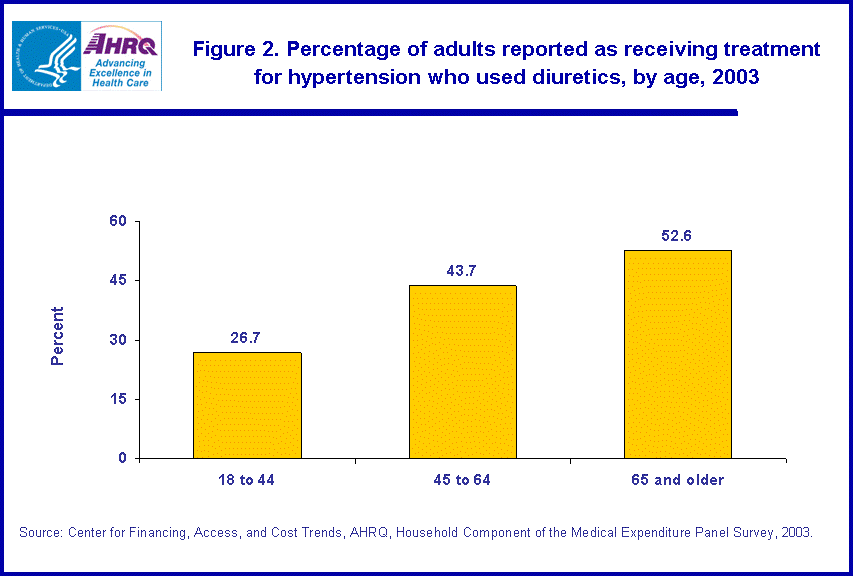 |
||||||||||||||||||||||||||||||||
|
||||||||||||||||||||||||||||||||
|
|
||||||||||||||||||||||||||||||||
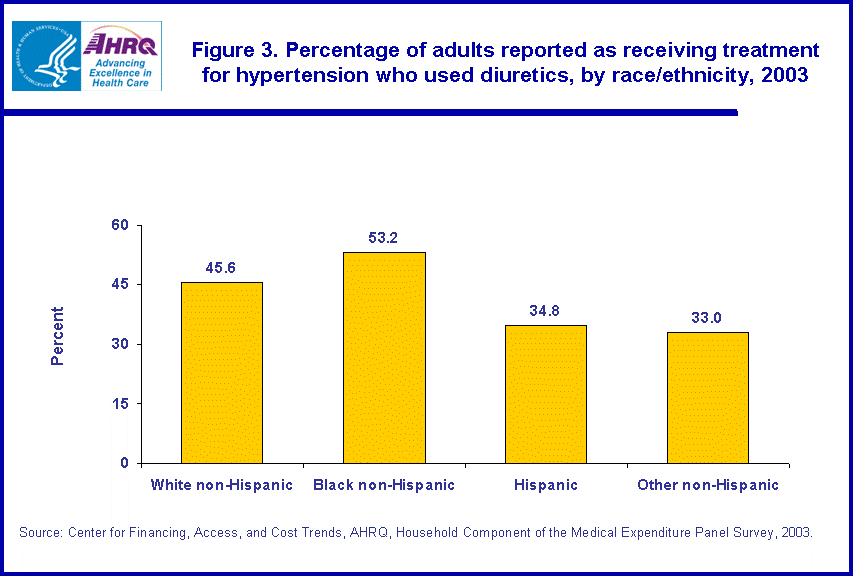 |
||||||||||||||||||||||||||||||||
|
||||||||||||||||||||||||||||||||
|
|
||||||||||||||||||||||||||||||||
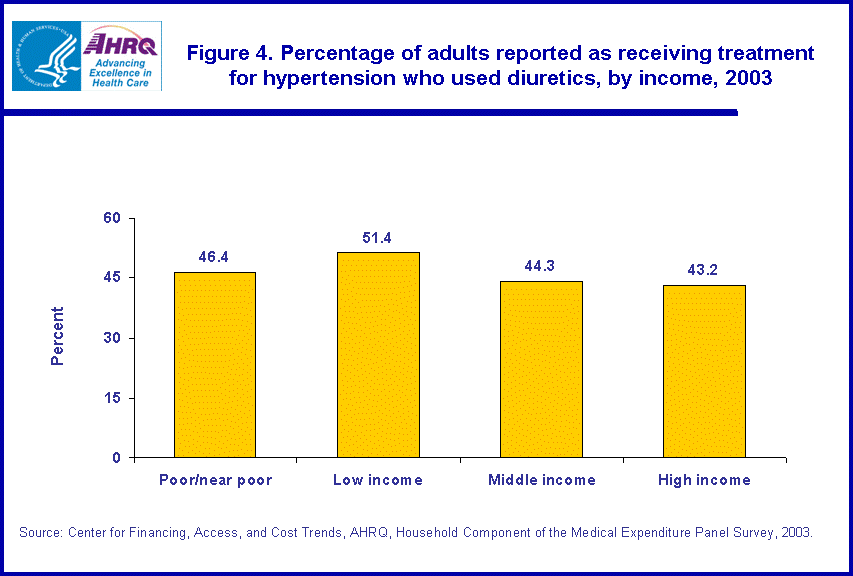 |
||||||||||||||||||||||||||||||||
|
||||||||||||||||||||||||||||||||
|
|
||||||||||||||||||||||||||||||||
 |
||||||||||||||||||||||||||||||||
|
||||||||||||||||||||||||||||||||
|
|
||||||||||||||||||||||||||||||||
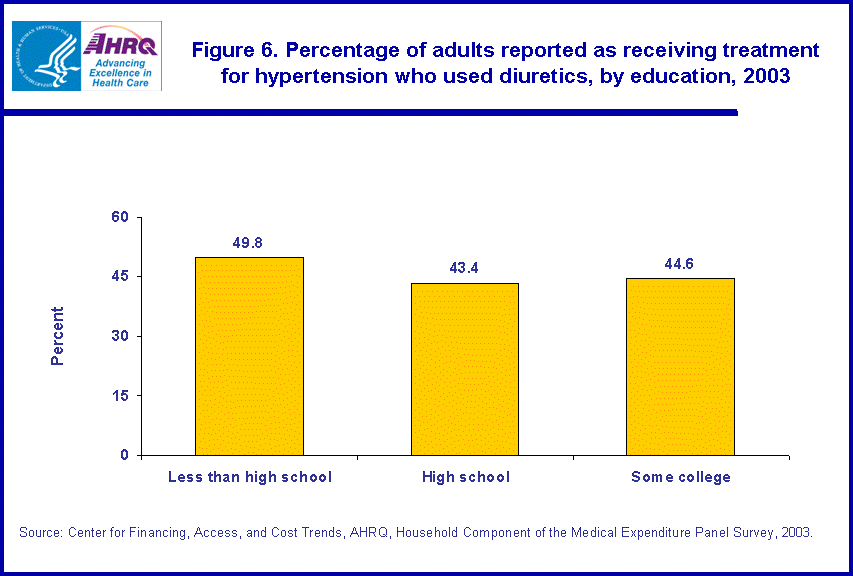 |
||||||||||||||||||||||||||||||||
|
||||||||||||||||||||||||||||||||
|
|
||||||||||||||||||||||||||||||||
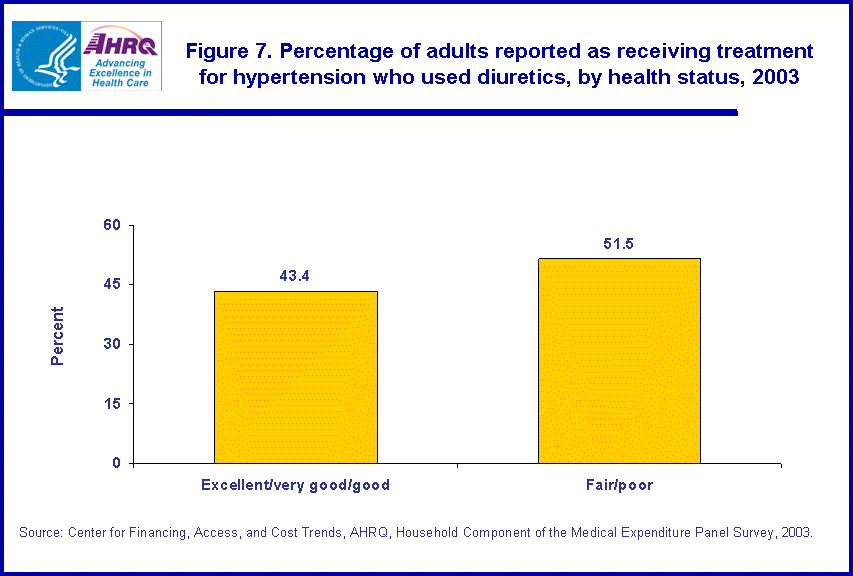 |
||||||||||||||||||||||||||||||||
|
||||||||||||||||||||||||||||||||
|
|
||||||||||||||||||||||||||||||||


